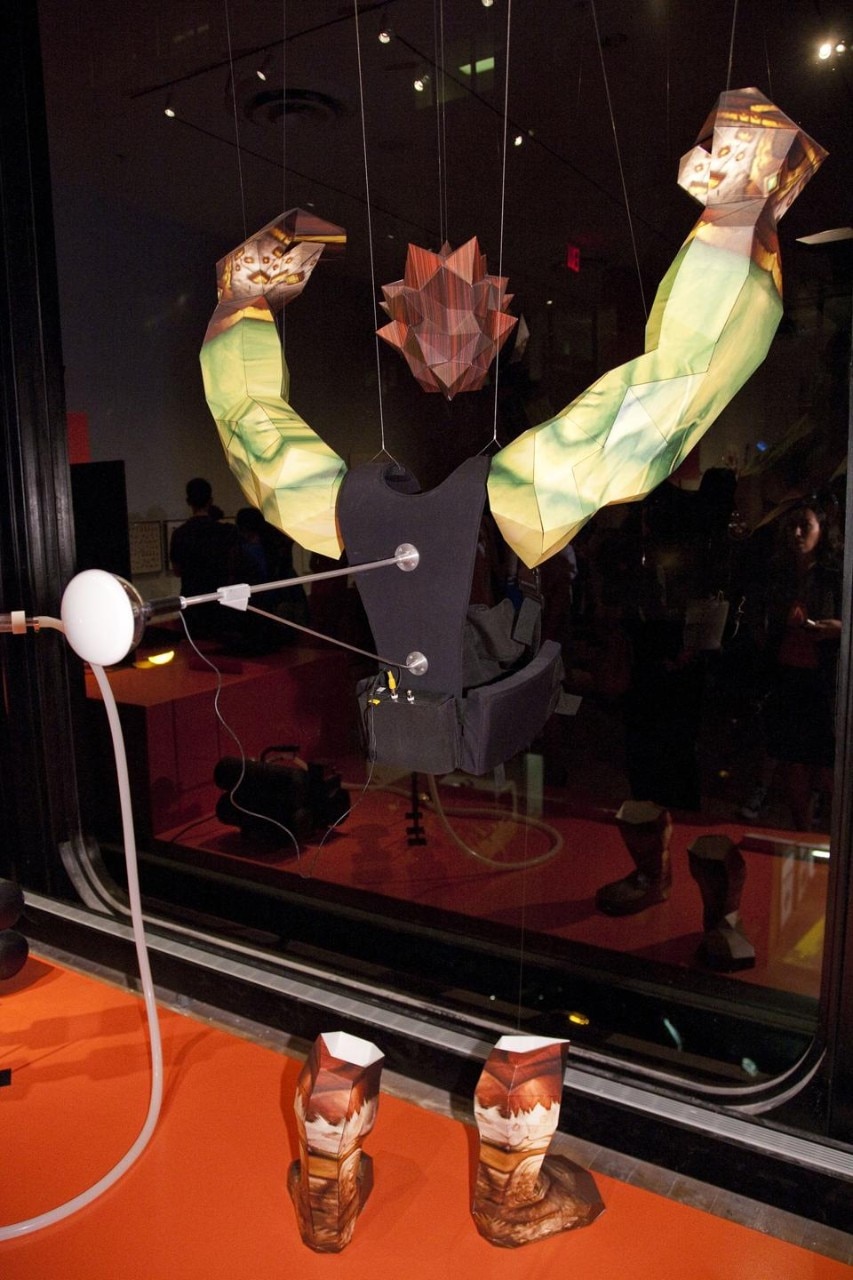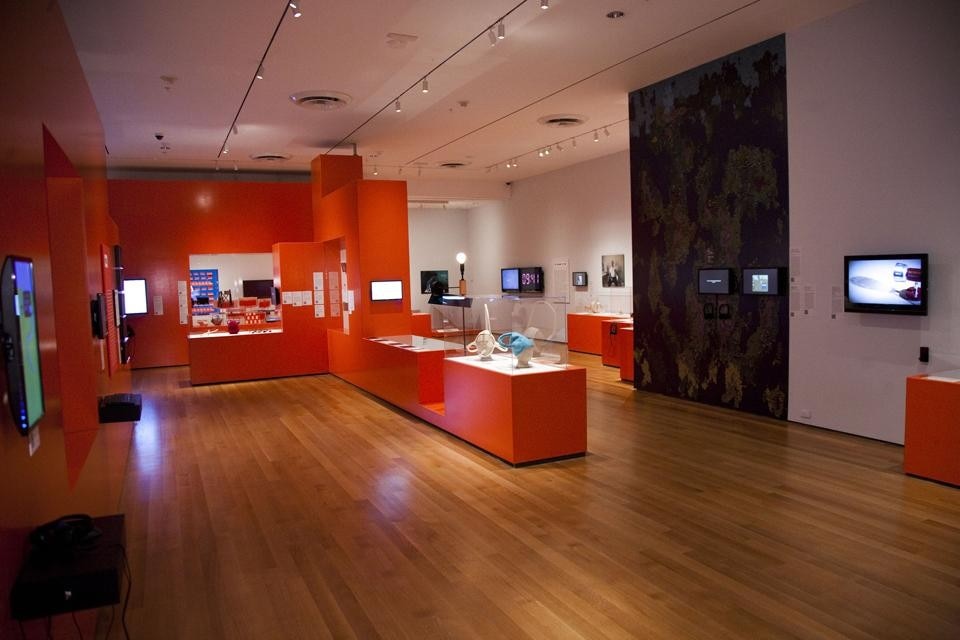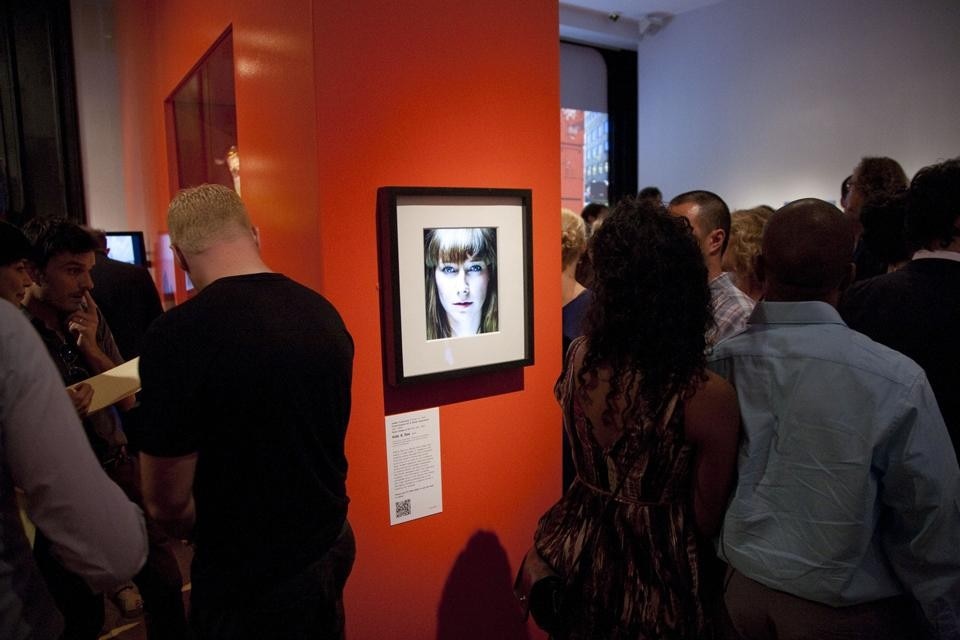Sure enough, two-and-a-half years later, Talk To Me opens at the famous New York museum. More than 200 pieces are on display: toys, installations, videos, interactive web sites and objects of all kinds crowd the third-floor gallery with numerous other references in the museum's circulation space both inside and outside the building.
The idea is a simple one. In recent years, with the digital revolution, a large number of electronic devices have become part of our daily lives. Thanks to them, our objects, our homes and even our cities have acquired the ability to "talk to" or interact with us. All of this is radically changing not only our lives but also the design profession which now must be able to move between very different disciplines (from programming to sociology) critically rethinking its mission.
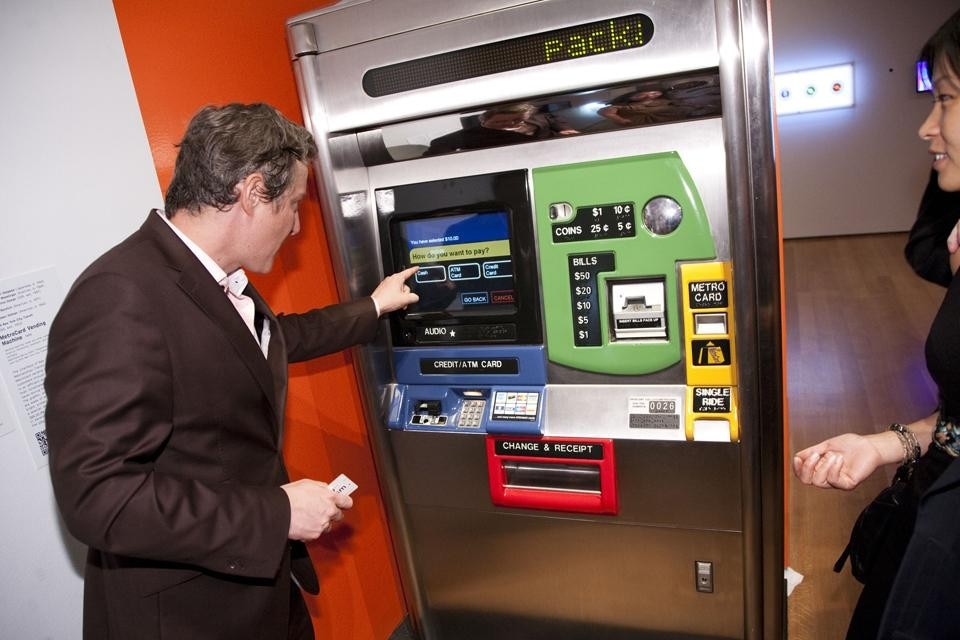
It seems to us that it could go even further back, almost to the very origins of art and that ever-present longing for the creation of artificial worlds that can take on a life of their own. One is reminded of the well-known Michelangelo cry, "Why don't you speak to me" or Marie Antoinette's automatons, scenes of daily life that took on a vague semblance of animation through sophisticated mechanical systems.
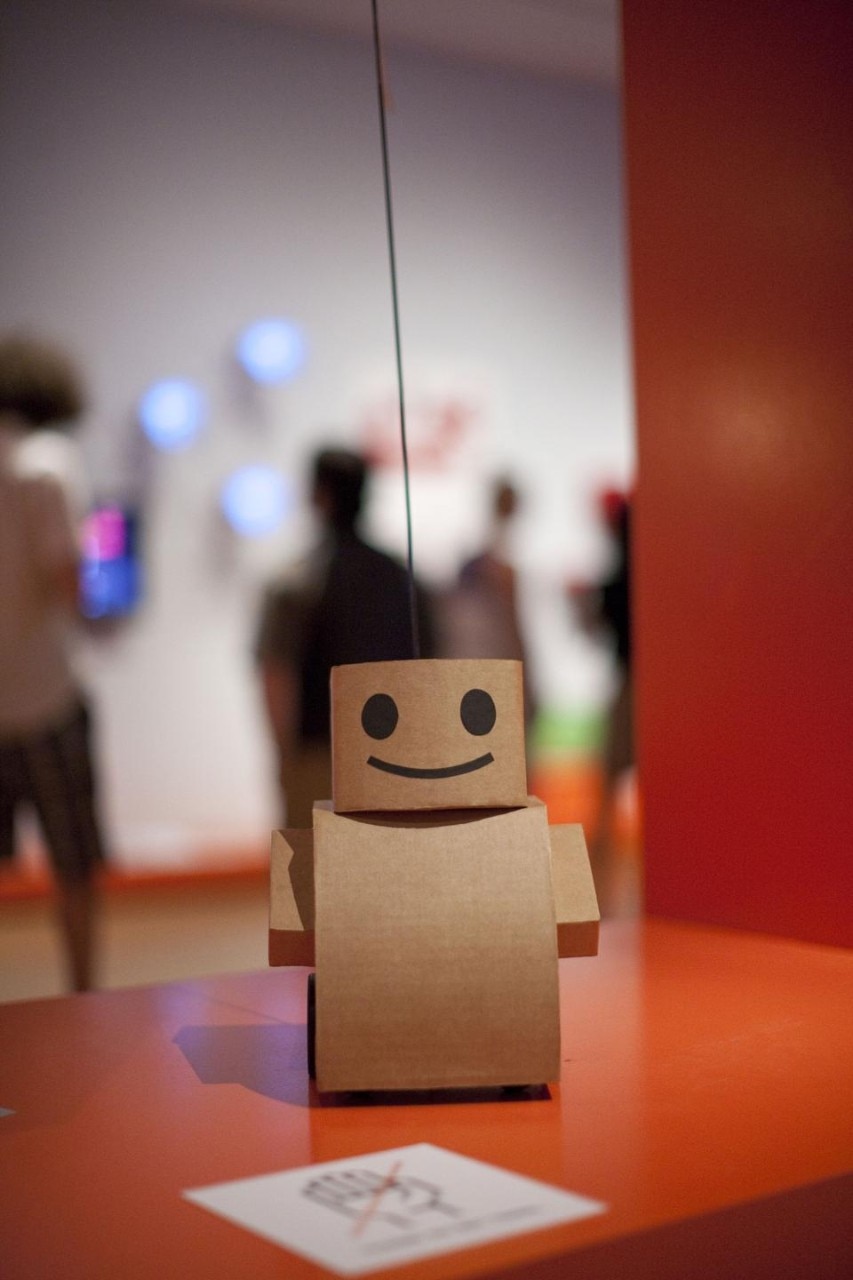
It seems to us that it could go even further back, almost to the very origins of art and that ever-present longing for the creation of artificial worlds that can take on a life of their own.
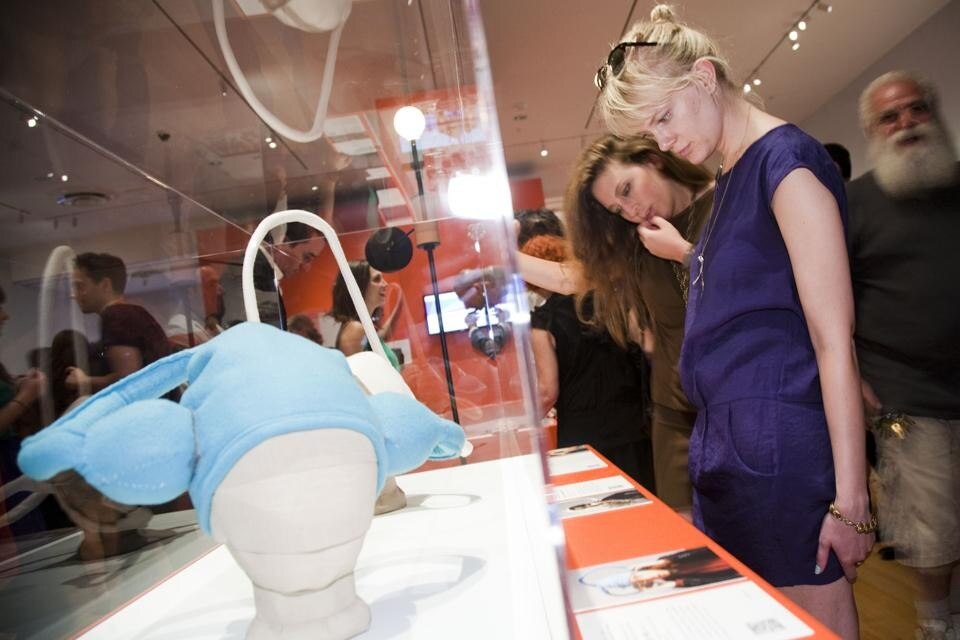
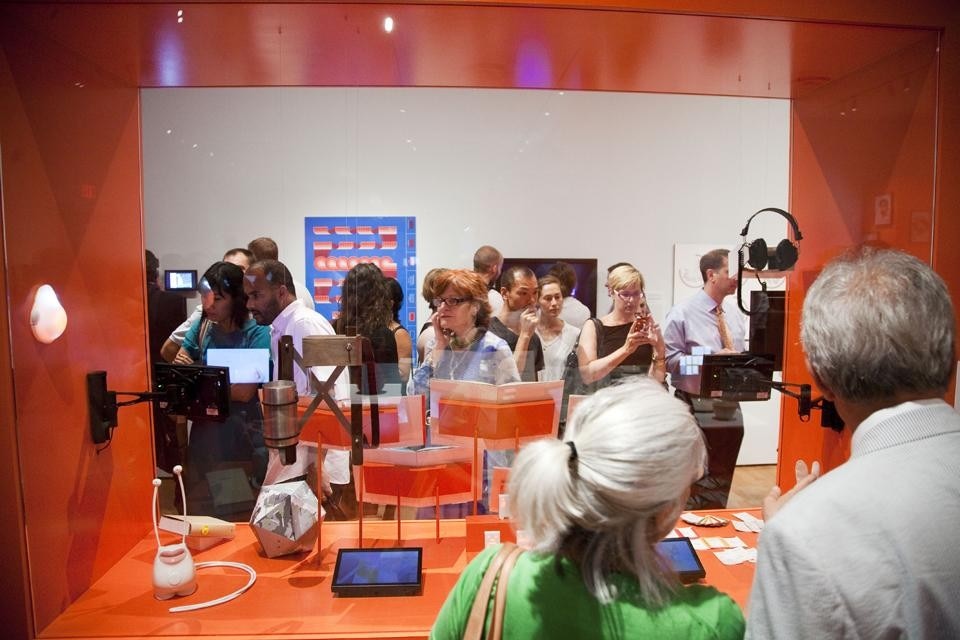
A final interesting question regards the cacophony that could be created with the constant 'talk' by all the objects surrounding us. A colleague recently returned from a visit to an elegant hotel in Asia and pointed out how the extensive use of sensors and automation created curious short-circuits: opening the curtains turned off the air conditioning; closing the fridge automatically triggered the shower. As if to say: Talk to me, but not too much.
Carlo Ratti
